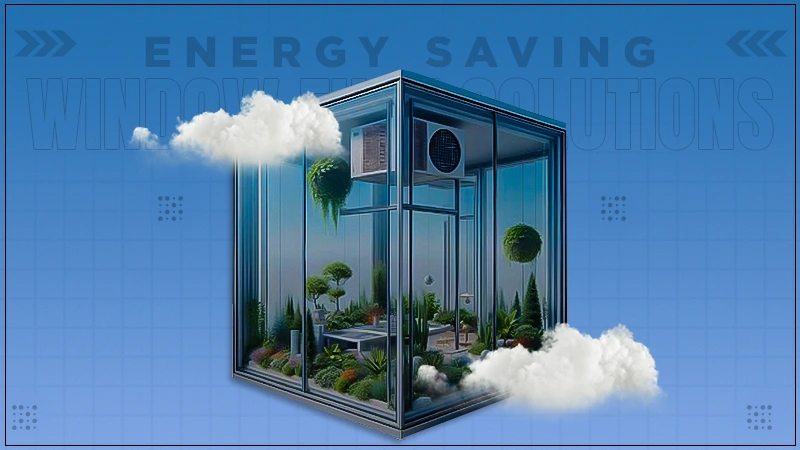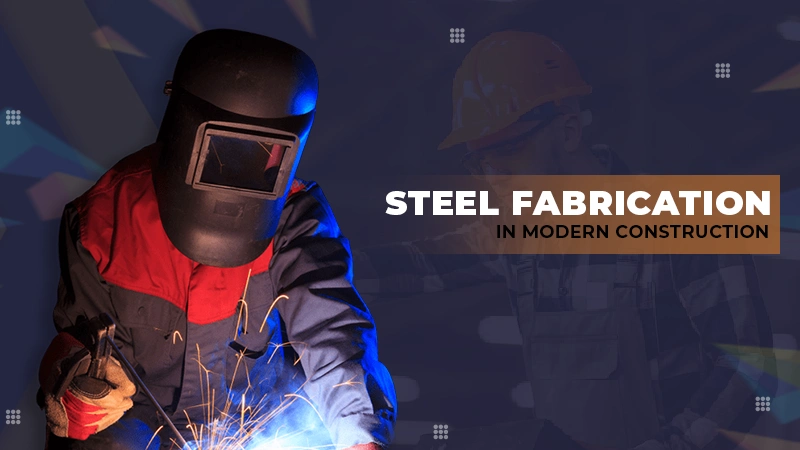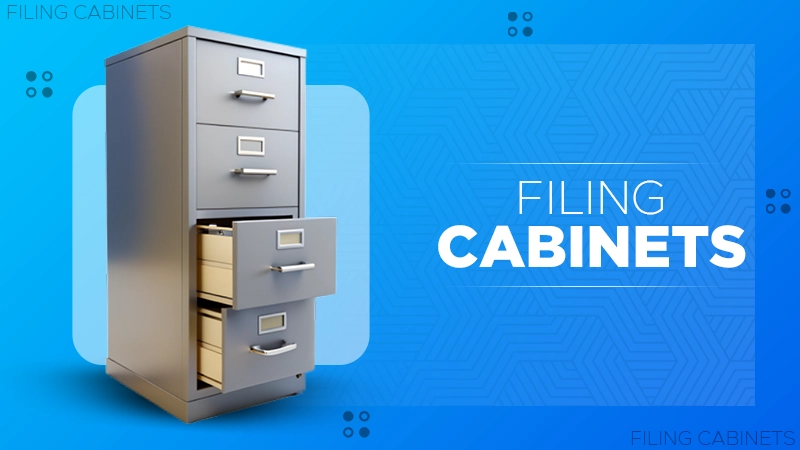Laser Homogenizer
A laser homogenizer is an optical component that is used to smooth or flatten out the radiance from a laser beam. The laser beam may exhibit some ripples or non-uniformities that will impair its performance in any of the vast number of applications for lasers. A laser homogenizer will average out any of those imperfections to obtain a nice and smooth radiance. A laser homogenizer can go one step further and modify the actual shape of the beam such that any geometrical shape can be generated. Even more, the radiance can be constant or uniform.

There are various types of laser homogenizers but depending on the working principle behind their operation they can be divided into two subcategories. These categories are
- Refractive homogenizers.
- Diffractive diffusers.
Refractive homogenizers are those that work by following the principles of light refraction. In other words, they can be easily described using geometrical optics. A prime example of refractive diffusers is the microlens array or MLA. When a beam passes through a microlens array, each lenslet in the array forms a tiny spot at a focal length distance from the array. After some distance farther away, the individual new spots, which can be referred to as new beams, overlap with each other and in the process, any non-uniformity is simply washed out. Also, given that each lenslet covers a small portion of the original beam it can be assumed that the radiance does not vary much in that subzone. Therefore, the resulting new radiance after all this averaging is a beam that is a flat top. This means that the radiance is constant, that is, with a non-Gaussian profile.The second type of laser homogenizer is the diffractive diffuser which is basically a diffractive optical element. As such, the desired new radiance distribution can be written in an indirect, but very well-known, manner into the pixel array. The type of homogenization profiles that can be obtained with the diffractive diffuser can be of any sort. In that sense, a diffractive laser homogenizer is considered to be more versatile and with more degrees of freedom than a refractive laser homogenizer. Also, the edges of the shaped profile will be sharp, unlike in the case of refractive diffusers where edges tend to be diffused. On the other hand, diffractive laser homogenizers exhibit a very strong chromatic dispersion, as is the case with all diffractive components. In contrast, laser homogenizers based on geometrical optics, like the MLA system described above, will have a chromatic dispersion which is much as it is given mainly by the laws of light refraction.










